Funky art and ghost towns: a 4-day Nevada road trip
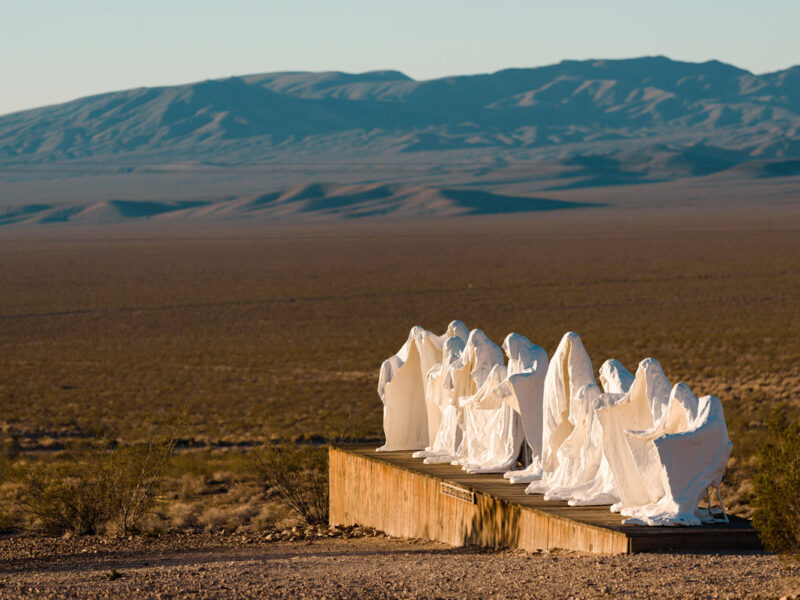
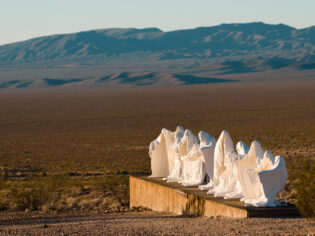
From Wild West towns to art that appears in the most unlikely of places, a road trip through Nevada delivers the unexpected.
Nevada may not be the most well-known of America’s 50 states (aside from being the home of Las Vegas), but it certainly has a lot to offer in the way of quirky roadside art and Wild West ghost towns – two core pillars of the archetypal Western, American road trip.
Day 1: Las Vegas
Wander through the Arts District and East Fremont
If gambling and all the associated rambunctious behaviour that takes place on the Las Vegas Strip isn’t your cup of tea, don’t rule the city out quite yet.
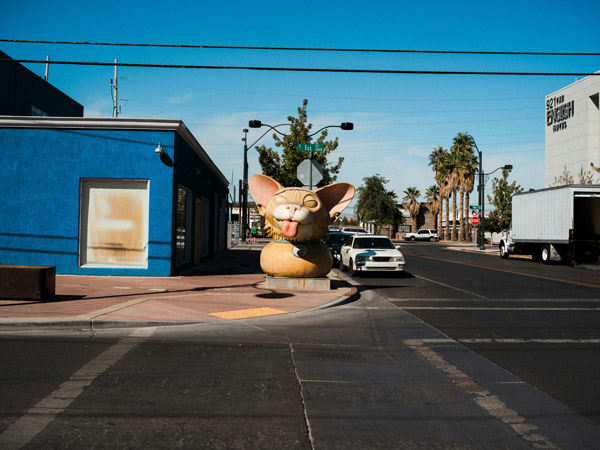
Swap casinos for art on every corner in the Las Vegas Arts District. (Image: Nicolas Gutierrez)
Famous for blocks of iconic neon signs, Fremont Street is one of the neighbourhoods where Las Vegas began, and the Arts District is a new neighbourhood sprouting art galleries and boutique shops on every corner. But this is still Las Vegas after all so don’t expect a mellow experience.
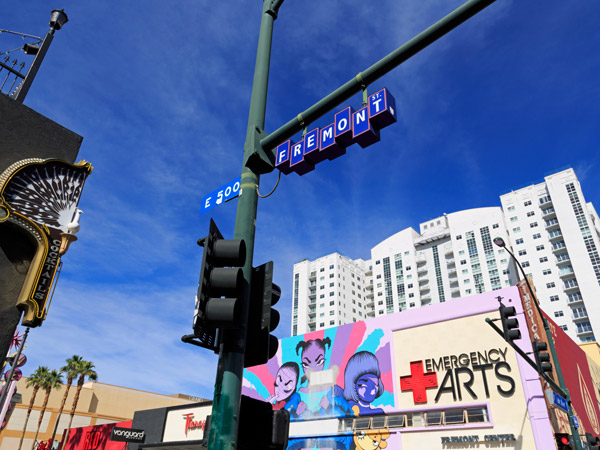
Fremont Street is one of the neighbourhoods where Las Vegas began.
Any outing in Las Vegas serves as an exuberant assault on the senses, from live DJ music blasting from the nearest rooftop bar to wacky outfits on the streets to menus advertising Hot Cheeto crusted pickle spears.
A peek into Vegas’ glamorous beginnings at The Neon Museum
Buy a ticket in advance (US$20 for adults, US$10 for children under age 18) to see the Neon Museum’s collection of old, discarded neon signs that were monumental in shaping the Vegas skyline into the wonderland of neon lights that is known worldwide today.
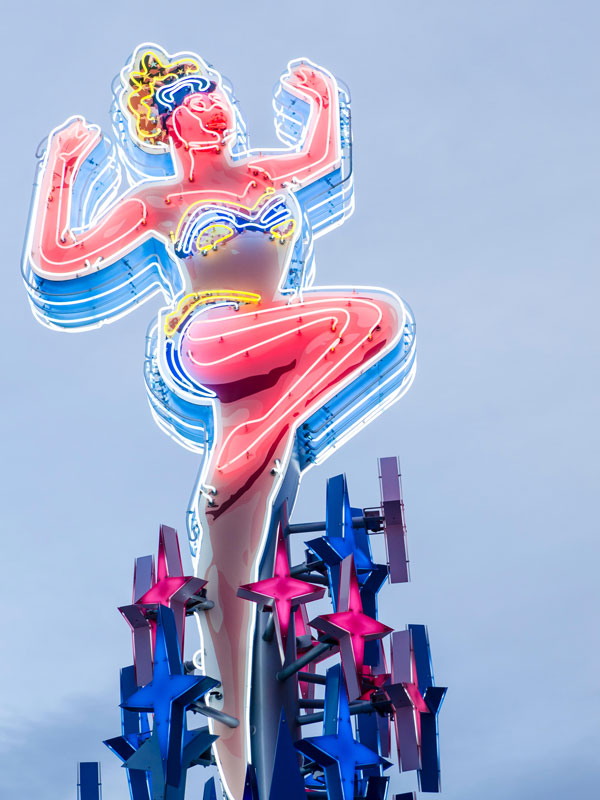
One of the many eye-catching neon signs on display.
The museum’s collection is set up to appear like a genuine “boneyard”– a term used in the commercial signage industry referring to a place where signs are retired before being repurposed, scrapped, or destroyed. As you wander through the treasure trove of neon, the ghost of Vegas’ early glitz and grandeur hangs in the air. If only the signs could talk.

The Neon Museum is home to the city’s most iconic art form.
See Seven Magic Mountains
Drive 30 minutes into the desert outside of the city to see Swiss artist Ugo Rondinone’s colourful large-scale, public artwork Seven Magic Mountains. The sculpture’s artificial, bright colours stand out garishly from its desert, mountainous backdrop – offering something of a commentary on the nature of Las Vegas itself.
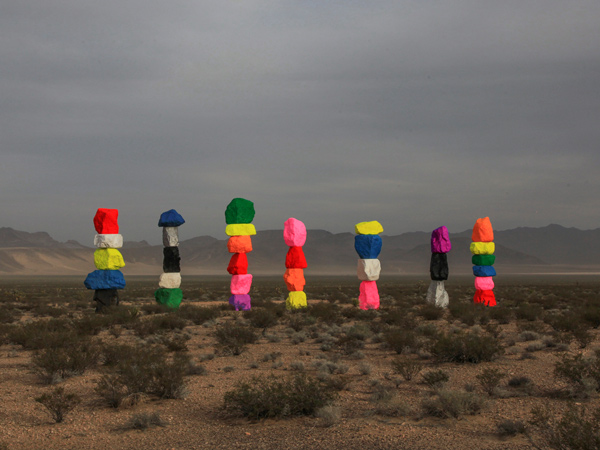
See Swiss artist Ugo Rondinone’s colourful, stacked boulders at the Seven Magic Mountains.
Accommodation tips:
The Venetian-Palazzo Resort: That gilded, over-the-top opulence that Las Vegas is known for. Located on the Strip.
Waldorf-Astoria Las Vegas: The peaceful antithesis to what many Vegas resorts offer. There’s no gaming here and a beautiful pool that is free from base-rattling day music.
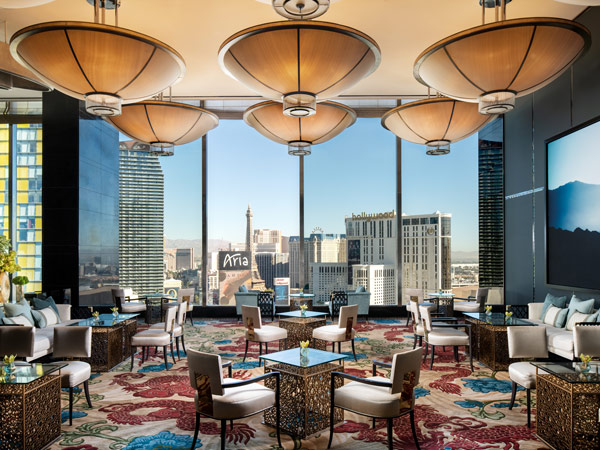
Spend an indulgent afternoon sipping tea at Waldorf-Astoria Las Vegas.
Day 2: The Free Range Art Highway
The funky art begins in Beatty
After a slow morning and a nice breakfast, it’s time to hit the road and head into the desert towards the Goldwell Open Air Museum.
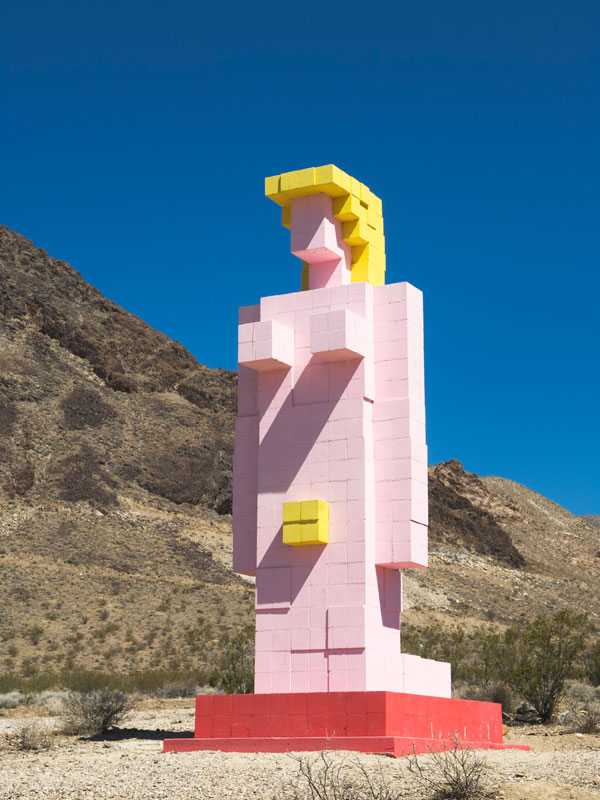
Lady Desert: The Venus of Nevada stands tall in the Goldwell Open Air Museum.
After driving for a little under two hours, you’ll turn onto a gravel road to encounter several sculptures set in the open desert. The original work, The Last Supper, is a reinterpretation of Leonardo da Vinci’s famous painting, depicting thirteen ghostly figures.
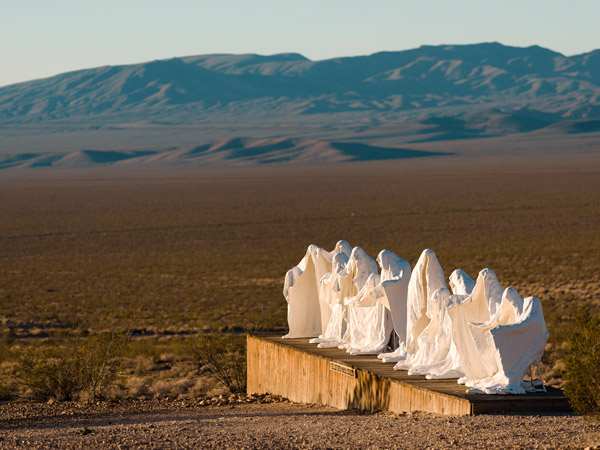
The Last Supper, is a rather spooky reinterpretation of Leonardo da Vinci’s famous painting.
Lunch tips in Beatty
Happy Burro Chili and Beer: For homemade chilli served up by a jovial waitress who calls you “honey” and eavesdropping on the lively gossip from the locals at the bar.
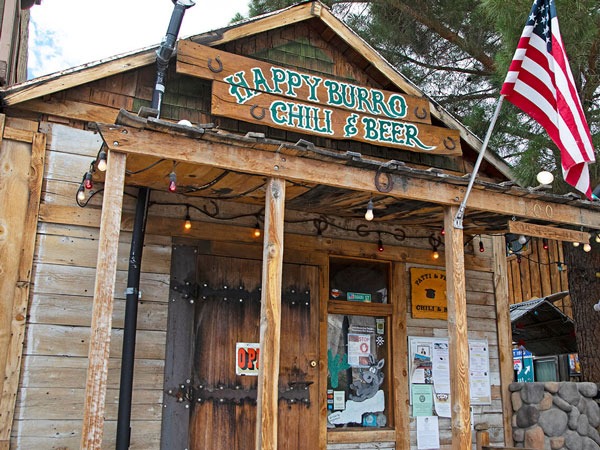
Happy Burro Chili and Beer is an excellent spot for lunch and a bit of gossip.
Gema’s Cafe: If Happy Burro’s chilli and hot dogs aren’t your thing.
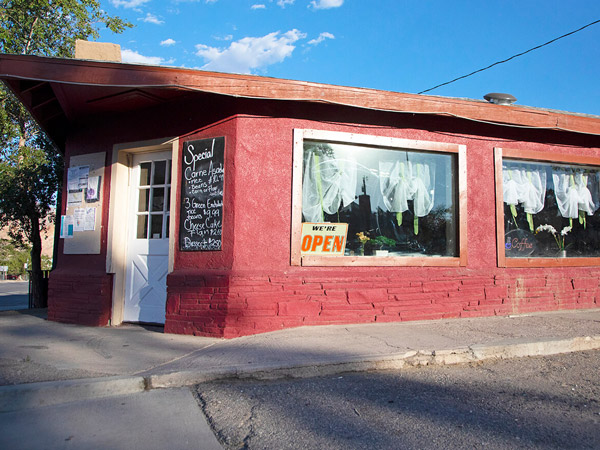
Gema’s Cafe is a great alternative.
International Car Forest
The next outdoor art exhibition is about an hour’s drive away in Goldfield. This sleepy, historic town serves as the home for the largest outdoor car exhibition in the country: International Car Forest of the Last Church. More than 40 cars and other vehicles make up this free exhibition, some buried nose-down in the dirt and some teetering on top of other vehicles.
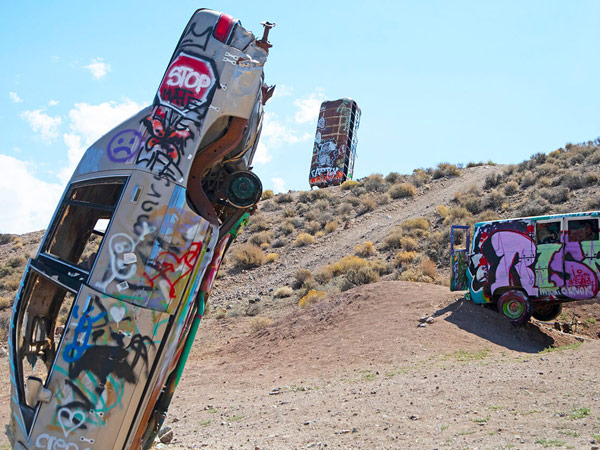
Make some time to take in the USA’s largest outdoor car exhibition.
Southern-style barbeque at Tonopah Brewing Co.
Follow your nose to an unassuming building wafting hypnotic barbeque fragrance: Tonopah Brewing Co. Sample their impressive lineup of house-brewed beer on tap and the combination plate, which will give you a serving of their slow-cooked pulled pork, ribs, and barbeque chicken.
Accommodation tips:
Belvada Hotel: Originally built as The Nevada State Bank and Trust in 1906, the hotel recently underwent a three-year renovation.
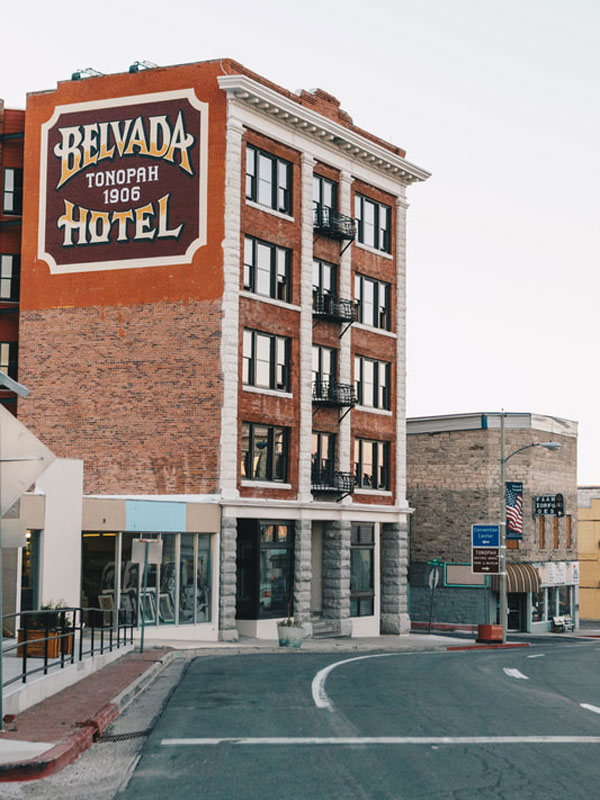
Stay the night in Tonopah at the Belvada Hotel.
Mizpah Hotel: Another Tonopah historic mainstay, the Mizpah (named after the town’s most lucrative silver mine) was one of the first luxury hotels in all of Nevada.
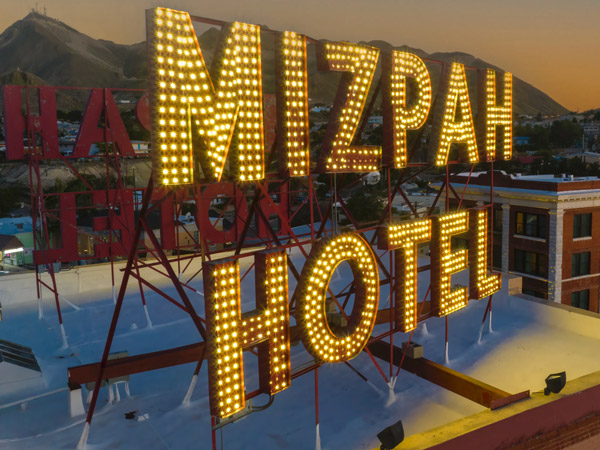
Step back in time at the Mizpah Hotel.
Day 3: Historic towns and driving through the desert
Dive into history at Tonopah Historic Mining Park
The Tonopah Historic Mining Park is far from your traditional museum. The interactive grounds are spread over 40 hectares and open for guests to wander, with most elements of the mine exactly as they were when the operation was abandoned.
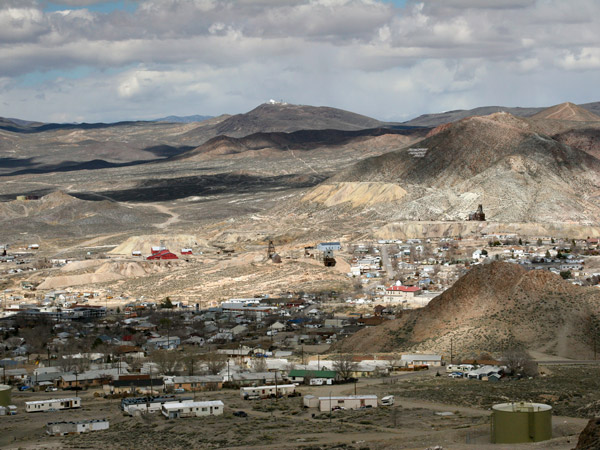
Explore over 40 hectares of mining history at Tonopah Historic Mining Park.
You can walk over the yawning mouth of mining caverns and learn about the stories that shaped this town, such as the local hero who died saving the lives of fellow miners in a fire. Book ahead for a guided tour of the property on a Polaris UTV. (Opens from 9 am to 5 pm, seven days a week.)
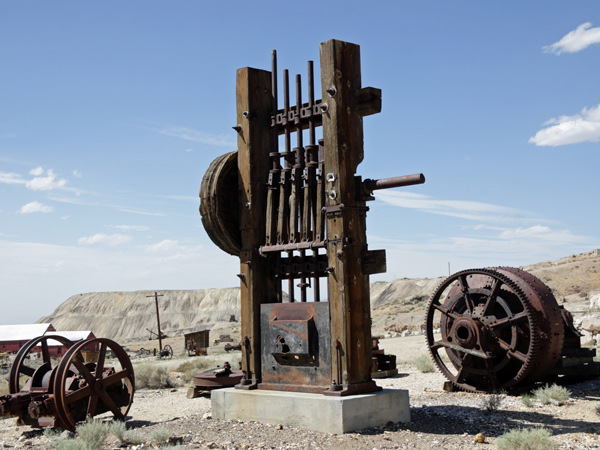
Tour historic remains of mining equipment as you listen to tales from the past.
Stop in Hawthorne to see bighorn sheep
After about a two-hour drive through the Nevada desert, stop at Bighorn Crossing across from the beautiful Walker Lake. Drop into at the convenience store for a snack and restroom break, then sit on the patio and keep your eyes open for bighorn sheep grazing and playing in the surrounding mountains.
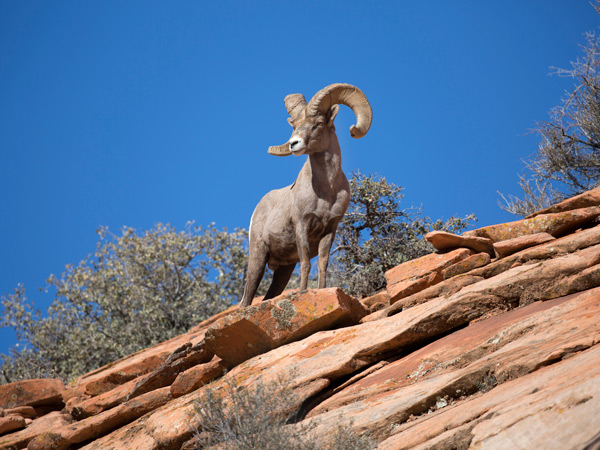
Keep your eyes peeled for bighorn sheep in Hawthorne.
Explore Genoa
It’s another two-hour drive until you reach the charming, storybook town of Genoa, nestled at the foot of the Sierra Nevada mountains. Grab a drink and relax on the outside patio at Genoa Bar and Saloon, the oldest “thirst parlour” in the state.
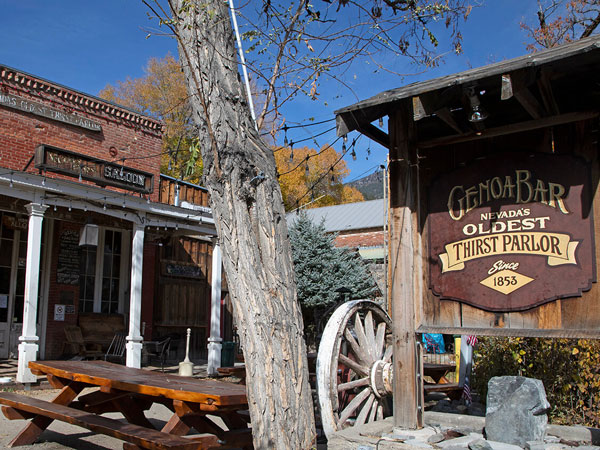
Have a drink at the oldest thirst parlour in Nevada.
Then perhaps grab a cannoli at Italian bakery Sierra Chef before crossing the street to wander the historic Mormon Station State Historic Park.
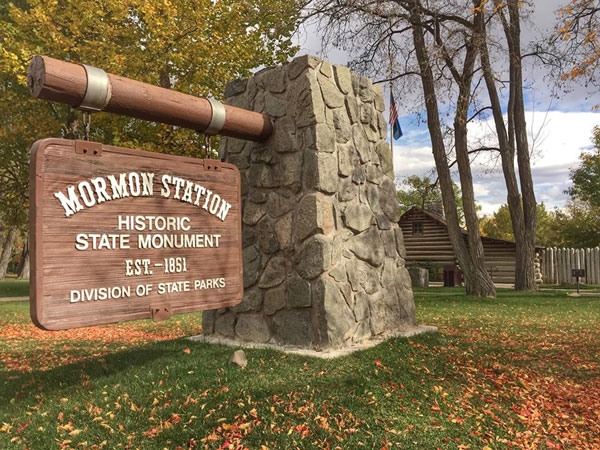
Wander the historic Mormon Station State Historic Park.
The site of Nevada’s first permanent, non-native settlement, Mormon Station was built in 1851 as one of the last stops along the Carson Route of the California Trail, providing respite to weary travellers crossing the Sierra Nevada Mountains.
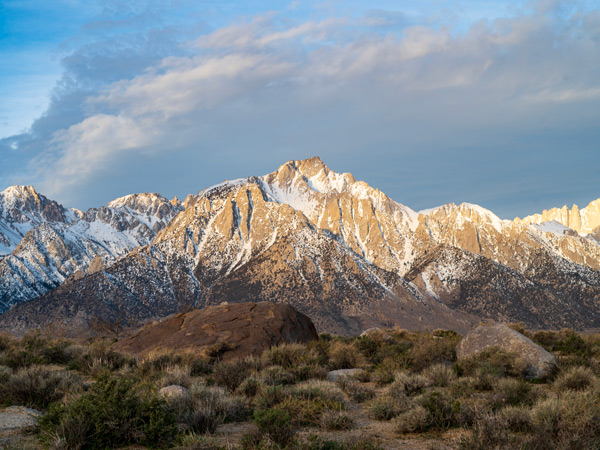
The Carson Route is framed by the snow-capped Sierra Nevada Mountains.
Dinner at Daniel’s
Daniel’s offers an unexpected fine dining experience in little Genoa. Mixing the charm of an old Nevada farmhouse ambience with refined French cuisine, Daniel’s frequently rotated menu serves up dishes like chicken cordon bleu and osso bucco with pomme frites.
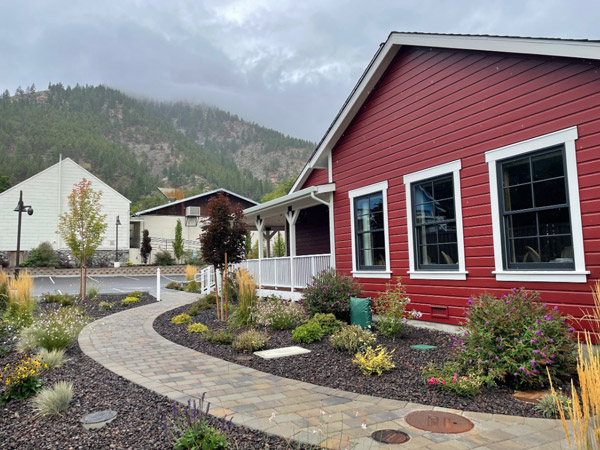
Dine on French cuisine at the charming countryside farmhouse.
Accommodation tips:
White House Inn: Now over 100 years old, a boutique inn with four quaint rooms across the main building, carriage house and cottage.
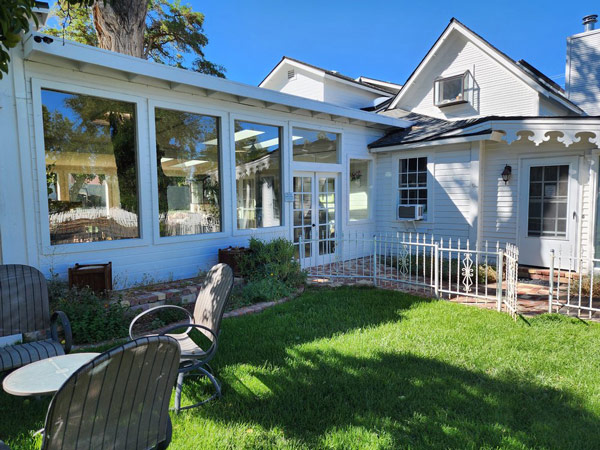
The White House Inn in Nevada is full of old school charm.
Day 4: Carson City and Reno
Explore the blossoming art scene in Carson City
The history of Nevada’s capital, Carson City, is one steeped in Wild West antics. But a softer side has been emerging in the past few decades as the city’s art scene tentatively has begun to blossom. If you stop by the Brewery Arts Center, you can pick up a walking map of town that details all of the public murals.
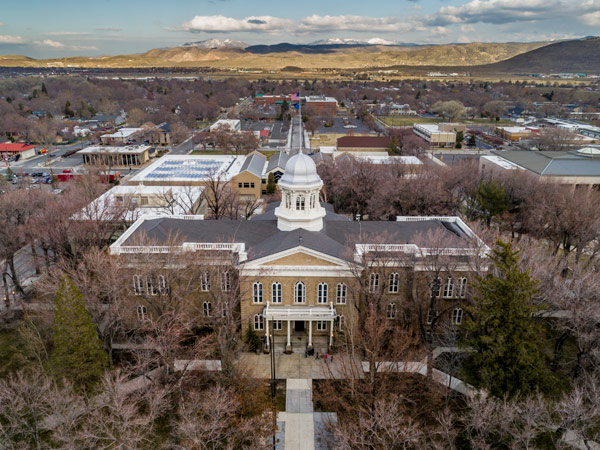
Soak up the Wild West history in Nevada’s capital, Carson City.
There’s another one that maps out Victorian-style houses, museums and churches if you are more interested in history. There are several galleries, such as the offbeat Artsy Fartsy Gallery and ceramics-centred Charlie B Gallery, to explore as you walk around.
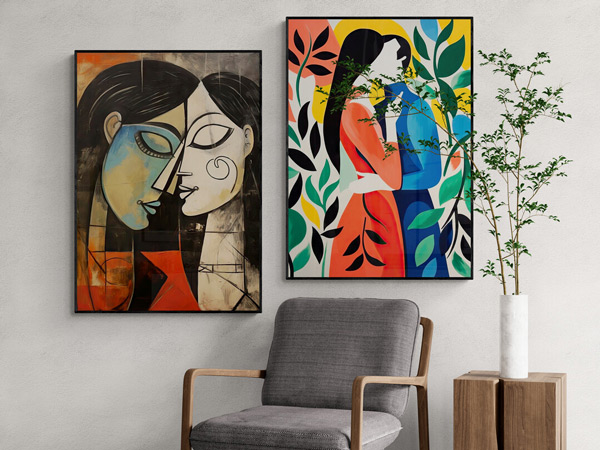
Make your way around the Artsy Fartsy Gallery.
Drive to Reno and dinner at Estella
When you’ve had your fill of gallery perusing and antique shopping in Carson City, make the thirty-minute drive to your final destination in Reno.
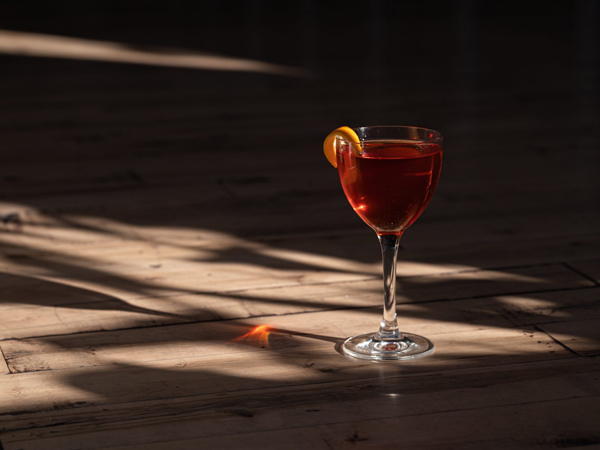
Have a tipple at Estella taco and mezcal bar.
Estella taco and mezcal bar is a must for dinner – I’m still daydreaming about those flavour-packed mushroom tacos and tangy shrimp tostadas. If you’re hungry for more art, book a tour of the city’s colourful murals via pedicab.
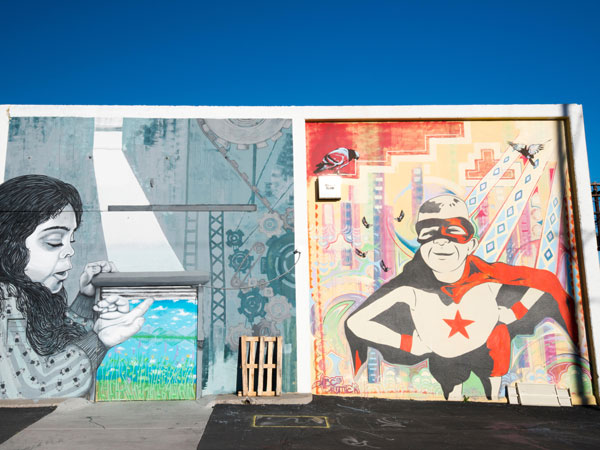
Tack on a tour of Reno’s murals.
Stay at The Jesse Hotel
You know exactly what to expect at many of Reno’s casino resort-style hotels in the Riverwalk District Street, like the Renaissance and Whitney Peak. The amenities consistently deliver, and the location puts you in the heart of Reno’s gambling district, which is walkable and fun to check out.
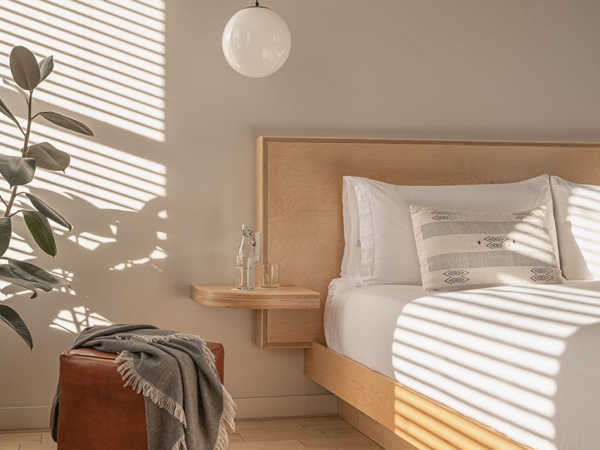
Settle into The Jesse in the heart of Reno.
But if you want to experience something a little different, check into The Jesse for your time in Reno. The Jesse is the type of unpretentious boutique hotel where a waiter checks you into your room at Estella’s taco and mezcal bar. The 1907 building, with past lives as a hotel and jazz bar, has transformed into six individually designed rooms with exposed brick walls, Tuft & Needle mattresses and Malin + Goetz soap.
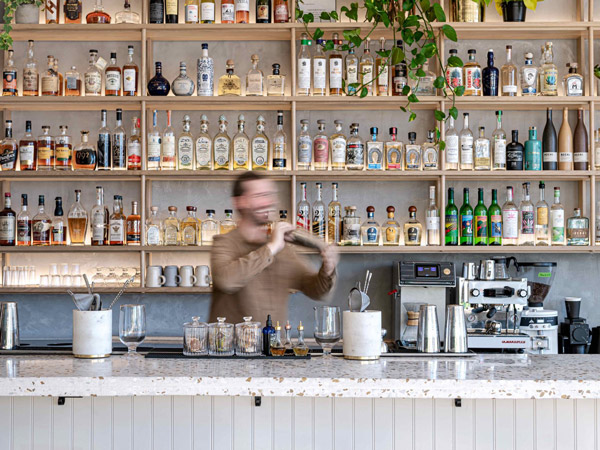
Head to the back bar for a few drinks.
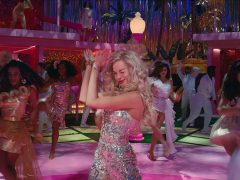
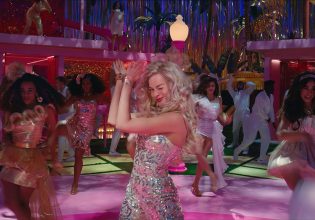

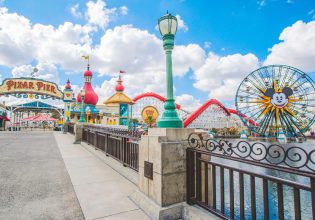
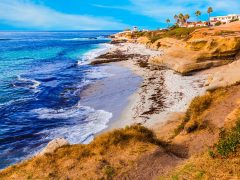
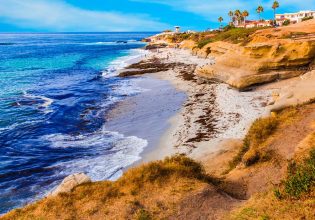
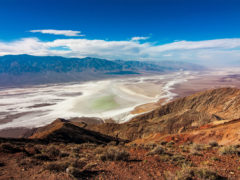
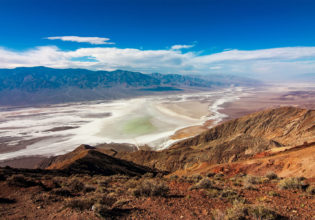

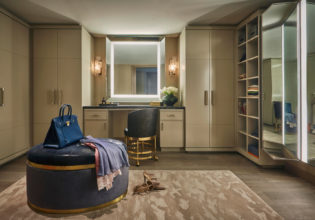
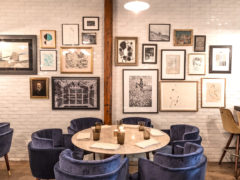
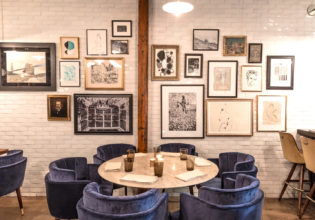

LEAVE YOUR COMMENT